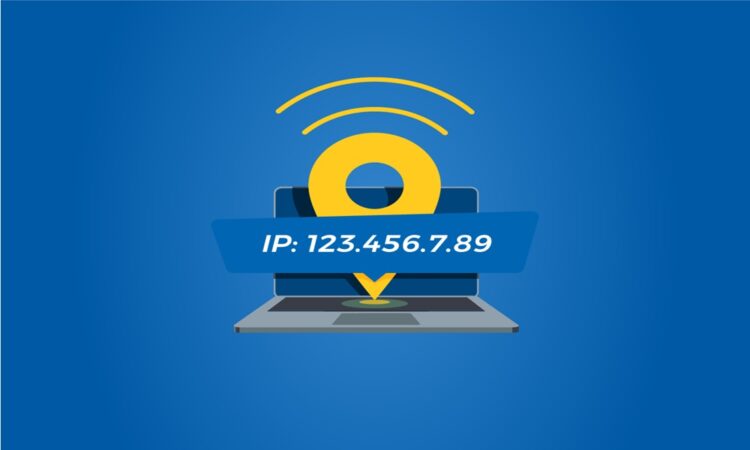
These tools, often used maliciously, exploit vulnerabilities in the Internet’s infrastructure to launch distributed denial-of-service (DDoS) attacks. To enhance the effectiveness of DDoS attacks, IP booter services frequently employ packet amplification techniques. These techniques exploit vulnerabilities in certain Internet protocols to magnify the volume of traffic sent to the target. Two commonly exploited protocols for amplification are the User Datagram Protocol (UDP) and the Internet Control Message Protocol (ICMP).
UDP reflection attacks
UDP reflection attacks leverage the stateless nature of the UDP protocol to amplify the attack traffic. In a typical scenario, the attacker spoofs the source IP address in the UDP packets to appear as if the packets originated from the target. The attacker then sends these packets to servers that support UDP-based protocols, such as DNS (Domain Name System) servers get more information through https://tresser.io/.
The servers, unaware of the deception, respond to the target’s IP address with a much larger volume of data than the original request. These amplification attackers overwhelm the target with a relatively small amount of initial traffic. DNS servers are a popular choice for UDP reflection attacks due to their prevalence on the Internet and the amplification potential they offer. Attackers achieve amplification ratios ranging from 50 to several hundred times, making these attacks highly potent.
ICMP echo request (ping) attacks
- ICMP, commonly associated with the ping utility, also be exploited to amplify DDoS attacks. In an ICMP echo request attack, the attacker sends numerous ping requests to servers with forged source IP addresses, making it appear as though the requests originated from the target.
- The targeted servers then respond to these requests, sending larger ICMP echo reply packets to the forged source addresses. This amplification technique lead to a significant increase in the volume of traffic directed towards the target.
- While ICMP-based attacks may not achieve the same amplification ratios as UDP reflection attacks, they still are effective in overwhelming a target’s resources.
Mitigation strategies
Given the increasing prevalence of IP booter services and their use of sophisticated amplification techniques, defenders must employ robust mitigation strategies to protect their networks. Here are some effective measures:
- Traffic filtering
Implementing traffic filtering at the network perimeter helps identify and block malicious traffic before it reaches the target’s servers. This involves the use of intrusion prevention systems (IPS) or dedicated DDoS mitigation appliances that analyze incoming traffic and filter out malicious packets.
- Rate limiting
Rate limiting involves restricting the number of requests or responses a server handles within a specified timeframe. This helps mitigate the impact of amplification attacks by slowing down the rate at which the target receives and processes incoming traffic.
- BGP Blackholing
BGP (Border Gateway Protocol) blackholing involves routing malicious traffic to a null or blackhole route, effectively discarding the traffic. This is an effective measure to quickly mitigate the impact of a DDoS attack by isolating the target from the malicious traffic.
- Cloud-based ddos protection
Leveraging cloud-based DDoS protection services provides scalable and flexible mitigation capabilities. These services use distributed infrastructure to absorb and filter malicious traffic, ensuring that only legitimate traffic reaches the target.
